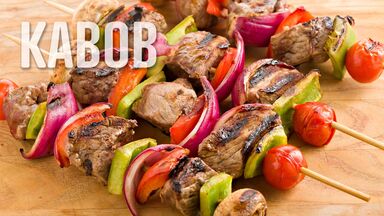Butternut Definition
bŭtər-nŭt
noun
The white walnut tree (Juglans cinerea) of E North America, with compound leaves and hard-shell nuts.
Webster's New World
Its wood, often used in place of the heavier black walnut.
Webster's New World
Its oily edible nut.
Webster's New World
The souari nut.
Webster's New World
A brownish dye obtained from the husks of the fruits of this tree.
American Heritage
Synonyms:
- Juglans cinerea
- white walnut
- butternut tree
Other Word Forms of Butternut
Noun
Singular:
butternutPlural:
butternutsRelated Articles
Find Similar Words
Find similar words to butternut using the buttons below.
